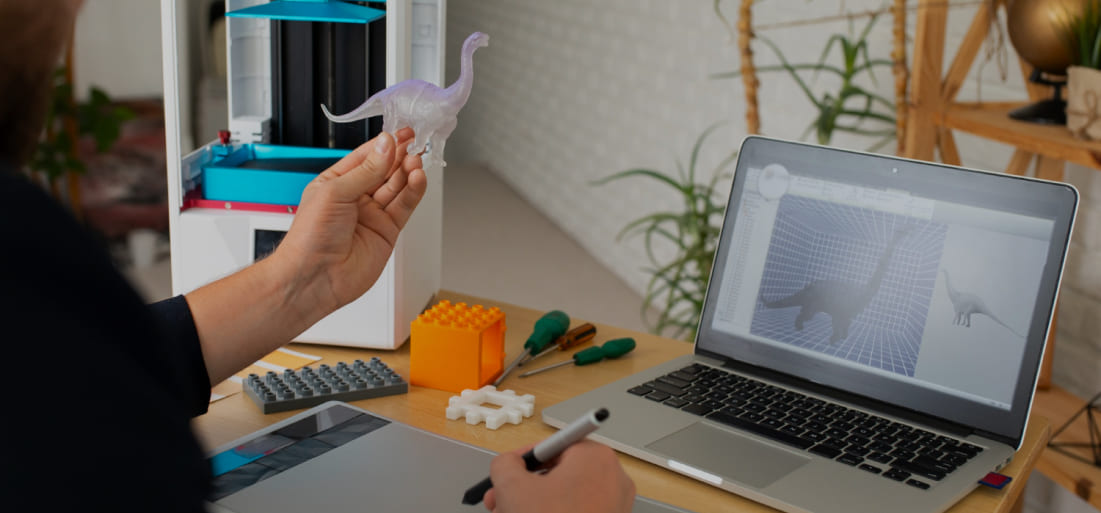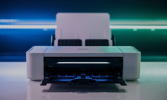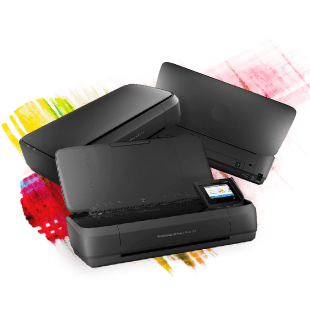
Printing Publishing/Paper: What Lies Ahead for Smart Printing?
The printing business is constantly evolving alongside technological advancements. Smart printers are emerging to meet user demands for lower operating costs, faster performance, and enhanced convenience. These innovations are shaping the future of printing — both at home and in the office.
Increased Cloud and Networking
In the near future, printers will focus heavily on seamless integration with smartphones, tablets, and cloud services. The ability to print directly from online storage platforms like Google Drive or Dropbox will allow users to print without a computer. This advancement supports remote work, team collaboration, and smooth workflow management.
Print Optimization Automated by AI
Artificial Intelligence (AI) will play a greater role in the printing world by analyzing device usage patterns and automatically optimizing print settings for efficiency. AI-powered printers can recommend cost-effective print modes, detect low-quality images that shouldn’t be printed, or schedule automatic print head cleaning. This technology helps minimize waste and enhances performance consistency.
Voice and App-Based Control
Smart devices are increasingly adopting voice and mobile control. With integration into smart home assistants, users will be able to initiate print commands using voice. Mobile applications will further enhance user experience by tracking ink levels, sending maintenance reminders, and providing real-time notifications for print jobs.
Green Design and Energy Saving
Next-generation printers will be built with a stronger focus on sustainability. Features like improved power-saving modes, recyclable components, and more efficient toner or ink usage will become standard. These eco-friendly designs will not only reduce environmental impact but also cut long-term operating costs for users.
Predictive Maintenance and Auto-Replenishment
Future smart printers may include predictive maintenance systems that detect potential issues before they impact print quality. They can notify users about required part replacements or cleaning schedules. Some systems may even auto-order ink or toner online when supplies run low, ensuring uninterrupted workflow.
Differentiation of Printing Experiences
Future printers could offer highly personalized printing experiences by saving user preferences and frequently used templates. They might automatically adjust print formats, color usage, and layout settings according to individual or business needs — improving productivity and convenience for all types of users.
Conclusion
Smart printers are becoming more connected, eco-friendly, and intelligent. With advancements in AI, cloud integration, predictive maintenance, and energy-efficient design, the future of printing promises greater convenience and cost savings. As technology continues to evolve, printers will become even more responsive, sustainable, and tailored to meet both home and office demands.










